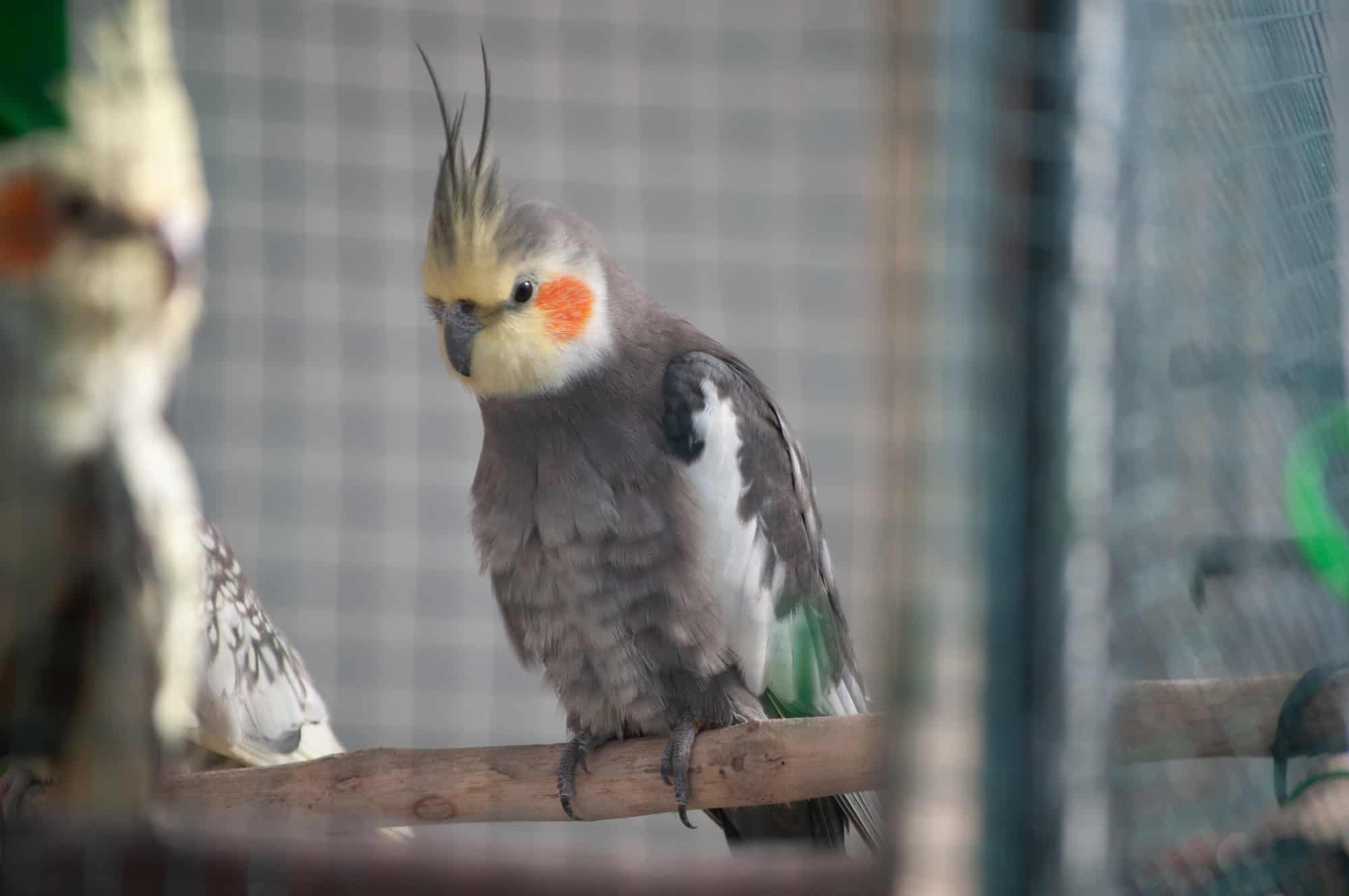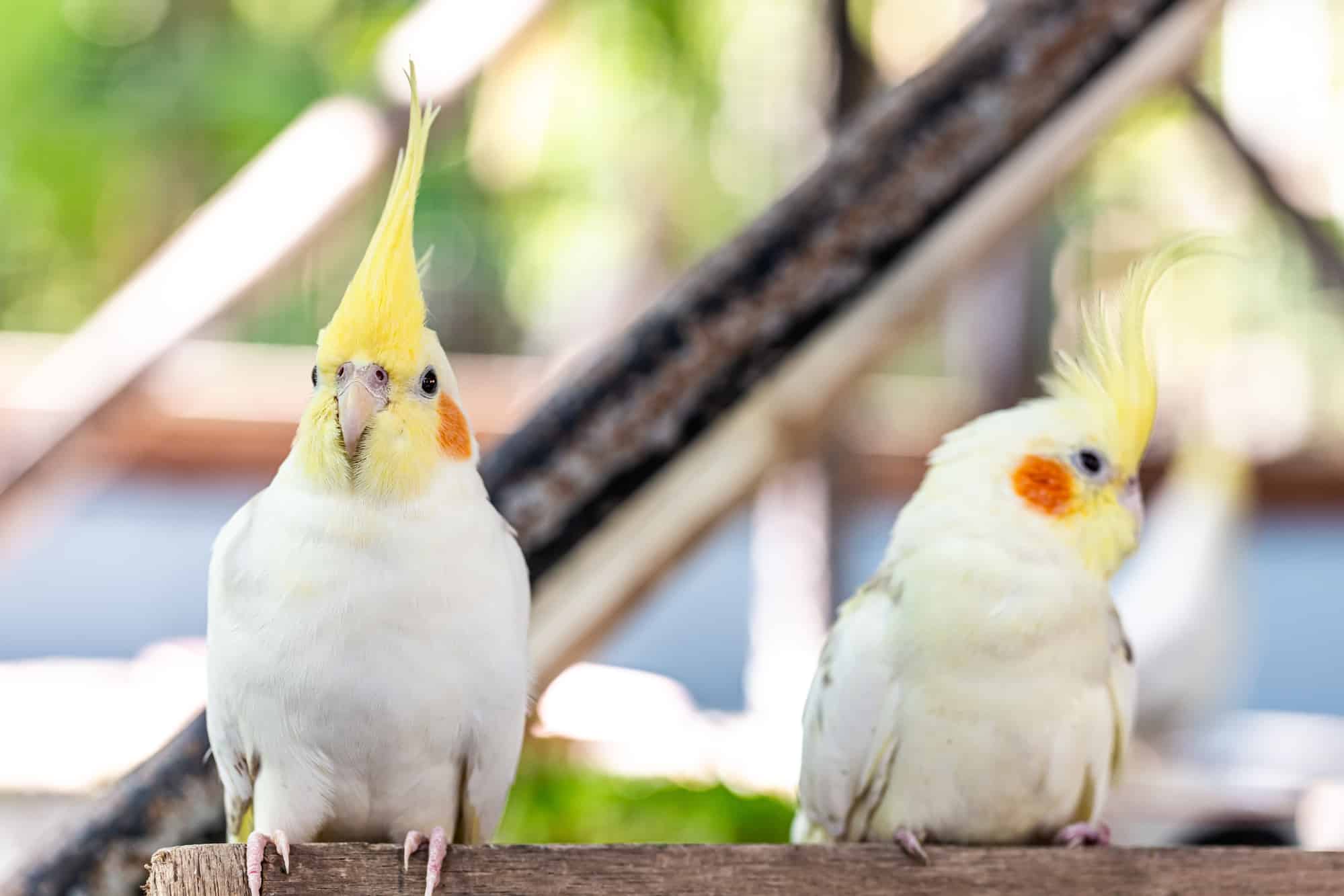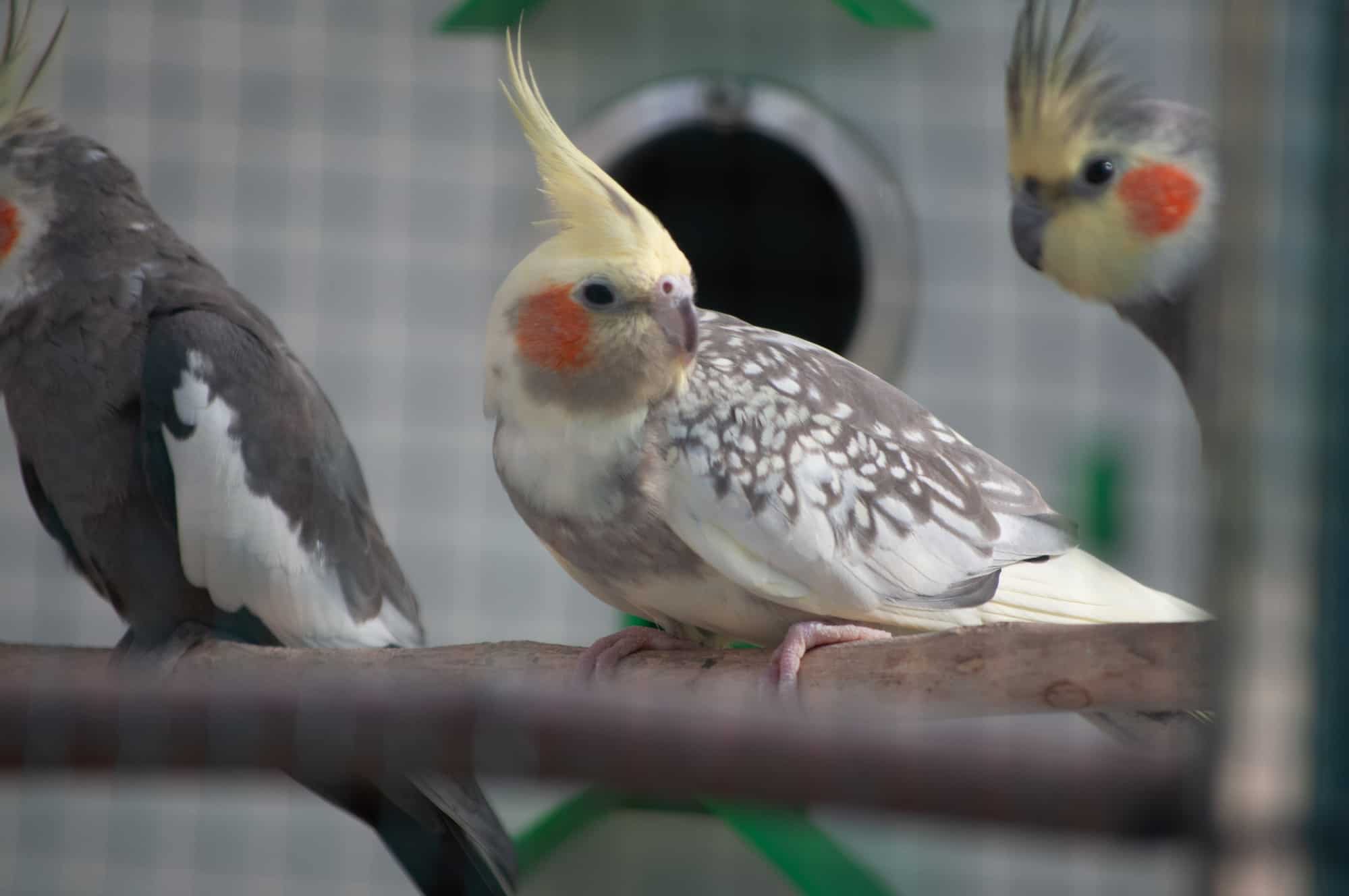There are many birds, but the parrots are most attractive. They have multicolored feathery, which distinguishes their beauty and variety of paints. Of course, each type of parrot has its unique color, and that’s fine. But, very often, I wondered why my parrot looked like this? Why does my home pet have such a color? What affects the color of the plumage of parrots? Is the color of feathers involve some individual parrot factors?
Therefore, I decided to devote a little time to studying these issues, and I want to say that I learned a lot of exciting things.
To start with, cockatiels have an orange color on the cheeks due to a special pigment. It is called lipochrome. This pigment is responsible for distinguishing color in a particular place of the bird from the rest of its body.
If we look deeper, we’ll learn that cockatiels bear this pigment constantly, and it’s always located on their cheeks. However, another question arises: why did the cockatiel have this pigment, and why is it located on the cheeks while other parrots can’t boast of such?
So let’s wait no more and find out some answers to the tricky questions above.
Do Male Cockatiels Have Orange Cheeks?
When I started studying the color of cockatiel parrots, I wondered whether all the birds of this specie have the same color? Could there be any difference between an adult bird and a chick? How can I define a male cockatiel from a female?

As there are no identical people, there are no two entirely similar cockatiels. Even if birds may seem identical at first glance, you can find differences in the size of the pigment, shade of cheeks, and so on.
So, for example, cockatiel male’s pigmentation is somewhat different. They have more yellow shades in pigmentation and significantly less grey. Therefore, they look much brighter and more enjoyable. Because of this, you can observe a slightly different pigmentation of their cheeks if we compare male and female parrots. Their cheeks are painted with a deep yellow color that comes closer to orange. However, it is impossible to say that all males have the same color.
Are Male Or Female Parrots Better? How to Choose the Right One
Do Female Cockatiels Have Orange Cheeks?
Female birds also have a distinctive and quite specific color.
Interesting fact: A lot of females of the parrot of this breed have greyer heads. Because of this feature, the orange color on the cheeks is more noticeable, as we can observe a more transparent and brighter contrast. I think everyone understands that the orange color looks brighter on the background of gray rather than in front of yellow.

So, if visually the bird’s cheeks look bright orange to you and the head is a deep grey, it’s more likely that you are looking at a female cockatiel.
Do Adolescent Cockatiels Have Orange Cheeks?
Chicks are very different from adult parrots, so it is difficult to predict how the baby will look after reaching the size of an adult bird. When they are born, parrots have practically no plumage. Therefore, it isn’t easy to use the feathering color as a distinguishing feature. However, as chicks grow up, they become similar to adult cockatiels, and you can observe as orange pigment appears on their cheeks.
Sometimes light orange pigmentation shows up before the chick becomes an adult parrot. However, this is all individually dependent on genetics. A complete and stable color of the bird reaches when it becomes an adult. Most often, this period lasts from one and a half to two years. Sometimes it’s 18 months or so. However, the exact period cannot be predicted as the pigmentation develops individually for every chick and depends on a range of factors apart from genetic ones.
Each chick’s coloration refers to a certain period of maturity. Some parrots mature faster, others — slower. And it is possible to determine this period only by watching after the chick — his development and speed of growing up. In any case, you will need at least one and a half years before you’ll see your parrot in its final adult coloration.
Do All Cockatiels Have Orange Cheeks?
Not necessarily. Some cockatiels may have this pigment to be more apparent or barely noticeable.

This coloration forms under the influence of various factors. For example, if the chick received an injury in childhood, which directly affects the selection of the necessary pigment, the parrot may have orange cheeks in achieving maturity. Such injuries may occur in the adult life of the parrot. In this case, the orange color will gradually disappear. In addition, genetic mutations may occur, which also affect the color of feathers.
In nature, you can observe Bellitz cockatiel — this is a direct sign of mutation. In such adult birds, chicks can be born that receive a mutated genetic code, after which the next generations can be with a white face and absolutely no orange color. Of course, such parrots are rare enough in nature, but they exist.
How Often Do Cockatiels Lay Eggs?
Is It Bad If My Cockatiel Doesn’t Have Orange Cheeks?
Do not be upset if your parrot did not get orange cheeks if it is certainly not connected with some injuries. If the overall condition of the parrot is fine, the bird is in a good mood and healthy; then there is no need to worry about the light coloration or absence of it.
However, if a cockatiel gets an injury, then, in this case, it is necessary to visit a vet. But, first, he should examine the parrot and determine how serious he was injured, what consequences will be after it, and any procedures required to eliminate traumatic consequences.
Suppose your cockatiel loses its bright color with age; no need to be scary too. This natural phenomenon can be observed in all parrots as they age. The fact is that the body does not work as quickly and efficiently. The production of the necessary pigment occurs more slowly, leading to the dull color of the feathers.


